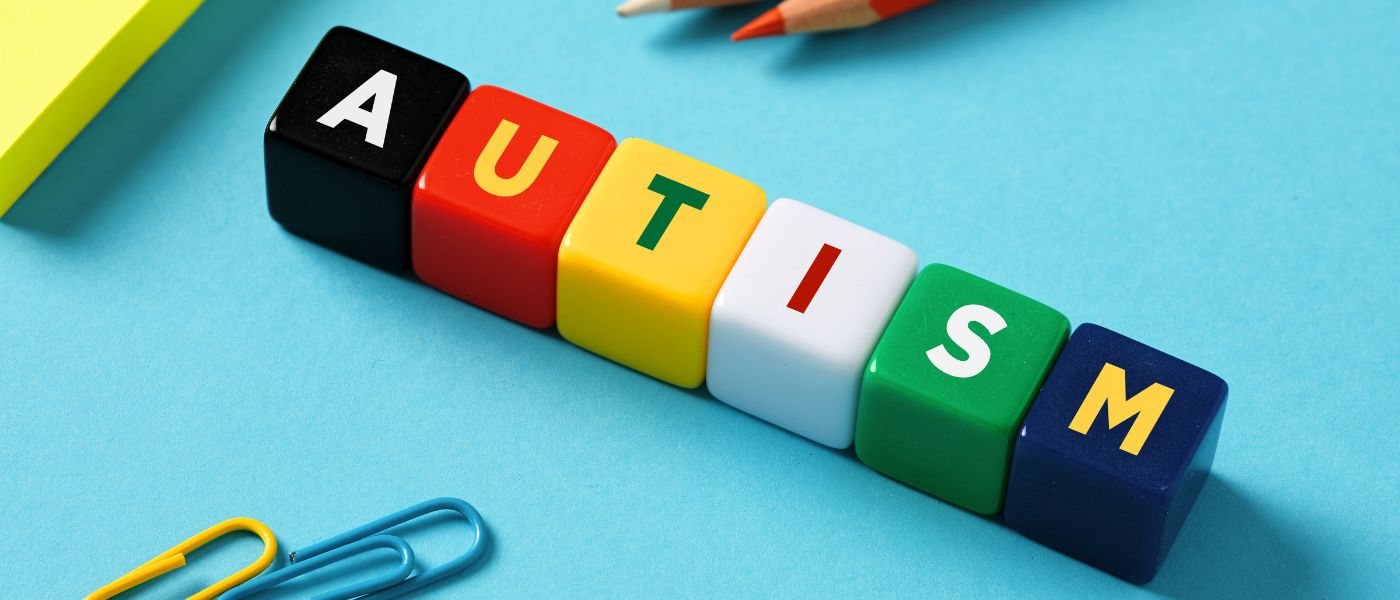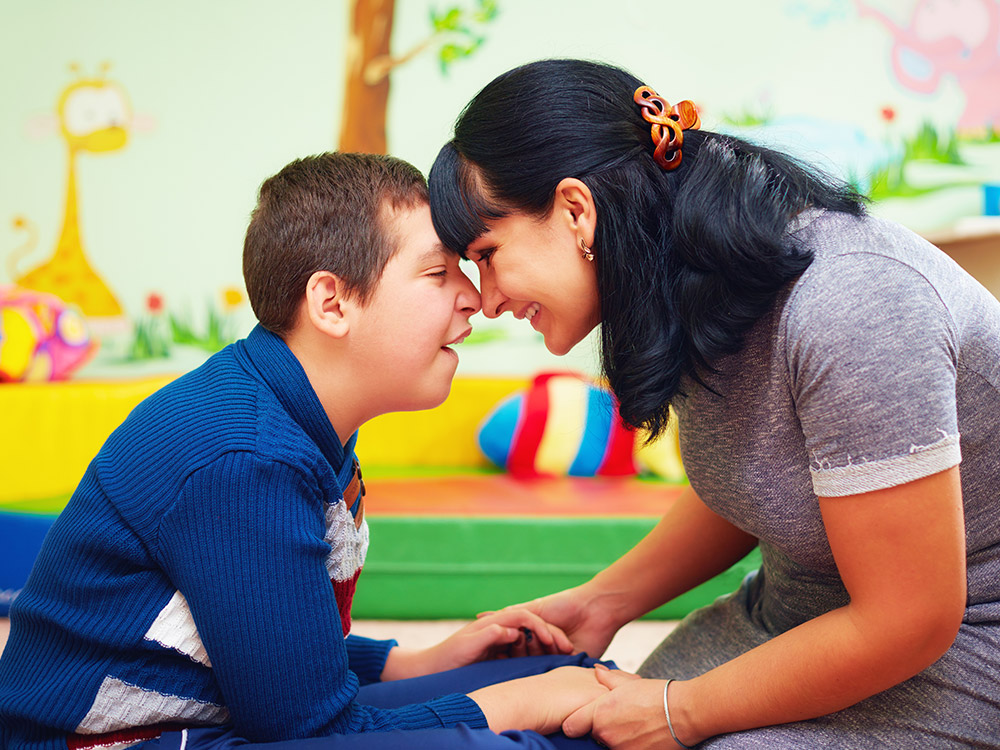Recognizing the Spectrum: A Comprehensive Guide to Autism Recognition
Recognizing the Spectrum: A Comprehensive Guide to Autism Recognition
Blog Article
Understanding Autism: A Comprehensive Overview to Symptoms and indications
Autism Range Condition (ASD) encompasses a vast variety of qualities that can considerably influence a person's social communications and daily functioning. Comprehending these nuances not only help caregivers and educators in providing suitable assistance however likewise promotes an extra comprehensive atmosphere for individuals with ASD.
Overview of Autism Spectrum Disorder
Defining Autism Range Condition (ASD) entails acknowledging it as a complicated neurodevelopmental condition defined by a series of challenges in social interaction, communication, and behavior patterns. The term "spectrum" reflects the vast variability in signs and symptoms and their seriousness, which can vary substantially from one individual to another. ASD normally materializes in very early youth, although some people may not receive a medical diagnosis until later on in life.
Aspects influencing the advancement of ASD include ecological variables and hereditary proneness, although the exact reasons stay under investigation. Diagnosis typically relies upon behavior evaluations, as there are no definitive clinical examinations for ASD. Early treatment is important and can significantly enhance end results, concentrating on improving interaction skills, social interactions, and adaptive habits.
Individuals with ASD may also display one-of-a-kind strengths, such as outstanding attention to information or certain areas of knowledge. Understanding the diverse nature of ASD is essential for promoting a comprehensive environment that fits neurodiversity. Continued study is important for creating efficient interventions and assistance systems, making it possible for individuals with ASD to thrive and satisfy their possible within culture.
Typical Signs of Autism
Recognizing the common signs of Autism Range Disorder (ASD) is vital for early identification and treatment. These indicators can vary widely in extent and discussion, but certain features are regularly observed in people with ASD.
Among the most widespread indications is a significant problem in establishing and keeping eye call. People might additionally show limited rate of interest in social communications and show a choice for solitary play. Repeated actions, such as hand-flapping, shaking, or rotating objects, commonly emerge early in childhood. In addition, some children might establish rigorous regimens and become distressed if these routines are disrupted.
Sensory level of sensitivities are additionally common; individuals may underreact or panic to sensory stimulations, such as audios, structures, or lights. autism. Language growth can be atypical, with some kids displaying delayed speech or using language in uncommon methods, including echolalia-- duplicating sentences or expressions heard somewhere else
It is important to keep in mind that not every person with ASD will certainly present all these indicators, and the degree of these habits can differ considerably. Early acknowledgment allows for timely assistance and sources, boosting the lifestyle for those on the spectrum.
Social Interaction Difficulties
Social interaction challenges are a trademark of Autism Spectrum Condition (ASD), impacting a person's capacity to involve efficiently with others. These problems can manifest in various means, including difficulties in starting and maintaining conversations, understanding social cues, and responding appropriately in social communications.
Individuals with ASD might fight with nonverbal interaction, such as eye get in touch with, facial expressions, and body movement. This can cause misconceptions, as their communicative intent might not be appropriately translated by others. They might locate it tough to comprehend the subtleties of tone and context, which are essential for efficient interaction.
In team settings, people with ASD may really feel overwhelmed and may not recognize exactly how to join in conversations (autism). They may additionally show atypical conversational patterns, such as monologuing about particular passions without recognizing social reciprocity
Moreover, these difficulties can lead to social isolation or problems in forming partnerships, as peers may misunderstand their actions or interaction style. Recognizing these social interaction obstacles is crucial for cultivating encouraging environments that advertise social skills development and boost the high quality of communications for people on the autism spectrum.
Sensory Feedbacks and level of sensitivities
Numerous individuals with Autism Spectrum Problem (ASD) experience heightened sensory sensitivities that can significantly impact their every day lives. These level of sensitivities may show up as over-responsiveness or under-responsiveness to sensory stimulations, consisting of audios, lights, textures, tastes, and smells. For instance, an individual with ASD may find daily noises, such as a vacuum or crowded atmospheres, extremely stressful, leading to stress and anxiety or crises. Conversely, some might display an indifference to discomfort or extreme temperatures, which can present safety concerns.
Sensory processing differences in people with ASD can likewise affect their ability to involve in social communications and routine tasks. A kid that is sensitive to touch might stand up to physical love or prevent specific clothing fabrics. Alternatively, a choice for specific appearances or tastes can limit nutritional options and develop difficulties during nourishments.
Understanding these sensory level of sensitivities is important for acknowledging the one-of-a-kind experiences of individuals with ASD. Recognition of their sensory accounts can promote better communication and support techniques, creating an atmosphere that suits their requirements and boosts their lifestyle. Eventually, recognizing sensory sensitivities is a critical element of comprehending the more comprehensive spectrum of autism.

Supporting Individuals With Autism
Efficient support for individuals with Autism Range Disorder (ASD) is crucial for boosting their general wellness and cultivating self-reliance. Support approaches should be tailored to satisfy the one-of-a-kind needs of each person, considering their strengths and obstacles.

Social skills training can additionally play a pivotal duty. autism. Engaging people in group tasks or role-playing situations can improve their ability to navigate social interactions. Furthermore, it is essential to enlighten household members, caregivers, and peers concerning ASD to foster a inclusive and supportive community
Conclusion
To conclude, a comprehensive understanding of Autism Spectrum Condition is essential for acknowledging its signs and indicators. Early recognition of typical qualities, such as social communication obstacles and sensory level of sensitivities, enables educators and caregivers to execute efficient treatments. By cultivating enhanced interaction and social abilities, people with autism can browse their settings extra effectively. Ultimately, enhanced recognition and support can considerably enhance the lifestyle for those influenced by ASD.
Autism Spectrum Disorder (ASD) incorporates a vast array of attributes that can considerably influence a person's social interactions and day-to-day performance.People with ASD might have a hard time with nonverbal interaction, such as eye contact, face expressions, and body language.Numerous individuals with Autism Range Disorder (ASD) experience heightened sensory level of sensitivities that can dramatically influence their daily lives.Sensory processing distinctions webpage in people with ASD can additionally influence their capacity to engage in regular activities and social interactions.Recognizing these sensory level of sensitivities is necessary for identifying the unique experiences of people with ASD.
Report this page